Do you know the difference between the definition and classification of nonwoven materials?
Mar 11, 2022A sheet, web or batt made of oriented or randomly arranged fibers bonded to each other by frictional cohesion or bonding or a combination of these methods. Excludes paper, woven fabrics, tufted fabrics, stitched fabrics with stitched yarns, and wet-rolled felts. The fibers used can be natural fibers or chemical fibers; they can be staple fibers, filaments or directly formed fibers. In order to distinguish wet-laid nonwovens from paper, it is also stipulated that fibers with an aspect ratio greater than 300 account for more than 50% of the total mass, or fibers with an aspect ratio greater than 300 only account for more than 30% of the total mass. However, if its density is less than 0.4g/cm³, it belongs to non-woven materials, and vice versa is paper.
Second, the definition given by the American Society for Testing and Materials (ASTM)
ASTM gives the following definition of nonwoven material: A structure produced by bonding of mechanical , chemical, thermal, or solvent means and the combination thereof. The term does not include paper or fabrics that are woven, knitted, tufted or those made by wool or other felting processes .
It can be seen that non-woven material is a new fiber product that is different from traditional textiles and paper. This definition has gone far beyond the meaning of "cloth".
Third, the classification of non-woven materials
The classification method of nonwoven materials can be based on various methods such as web forming method, web reinforcement method, web structure or fiber type, etc., generally based on web forming method or reinforcement method.
1. Classification according to the method of forming a network
According to the process theory of non-woven science and the structural characteristics of products, non-woven web-forming technology can be roughly divided into: 1) dry-laid; 2) wet-laid; 3) polymer extrusion.
(1) Dry-laid: In the process of dry-laid, natural fiber or chemical short fiber web is made by mechanical or air-laid.
Mechanical web forming: use a sawtooth opener or carding machine (such as a roller carding machine, a flat carding machine) to comb the fibers to make a thin web of a certain size and area density. This kind of fiber web can go directly into the reinforcement process, or it can go into the reinforcement process after parallel layup or cross-folding.
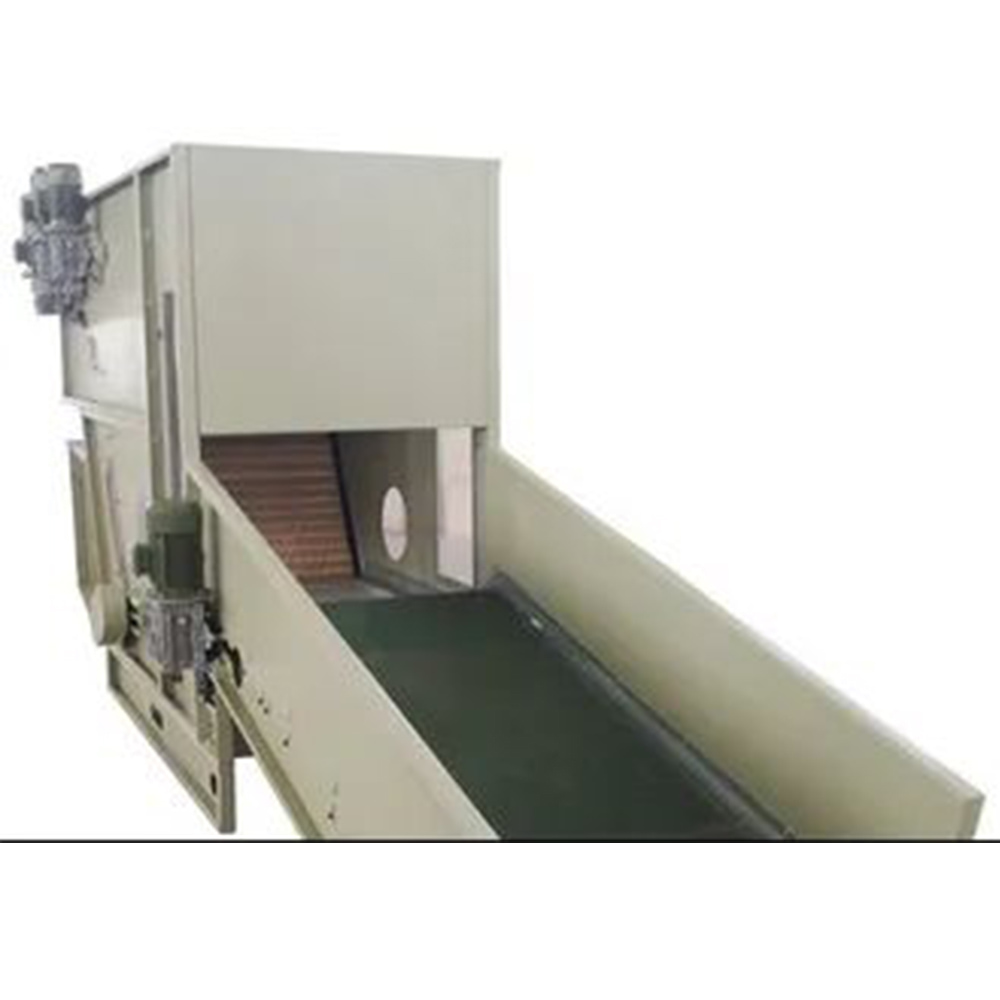
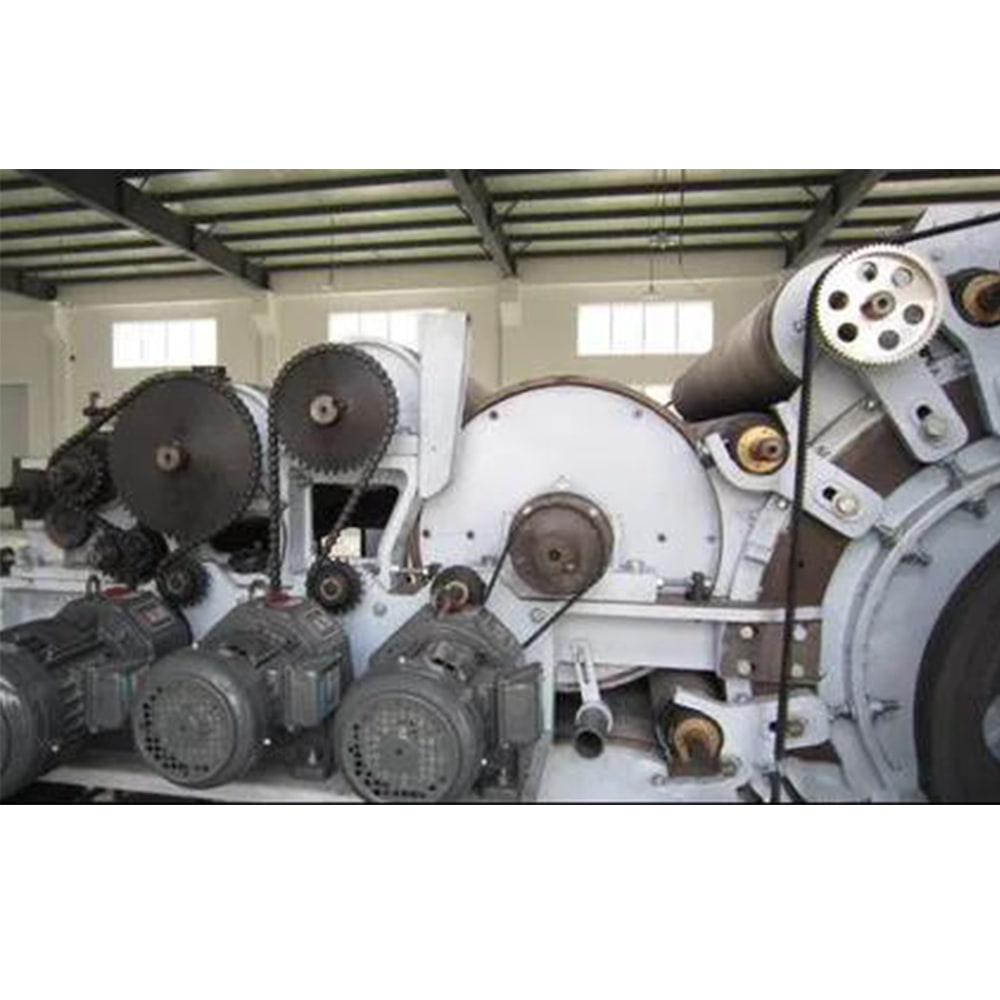
Airlaid: Using the principle of aerodynamics, the fibers move in a certain flow field, and are evenly deposited on the continuous moving porous curtain belt or dust cage in a certain way to form a fiber web. Fiber length is relatively short, up to 80mm. The orientation of the fibers in the web is usually random, so the web is isotropic.
Carded or airlaid webs are chemically, mechanically, solvent or thermally bonded to produce nonwovens with sufficient dimensional stability. The areal density of the web can be from 30g/m³ to 3000g/m².
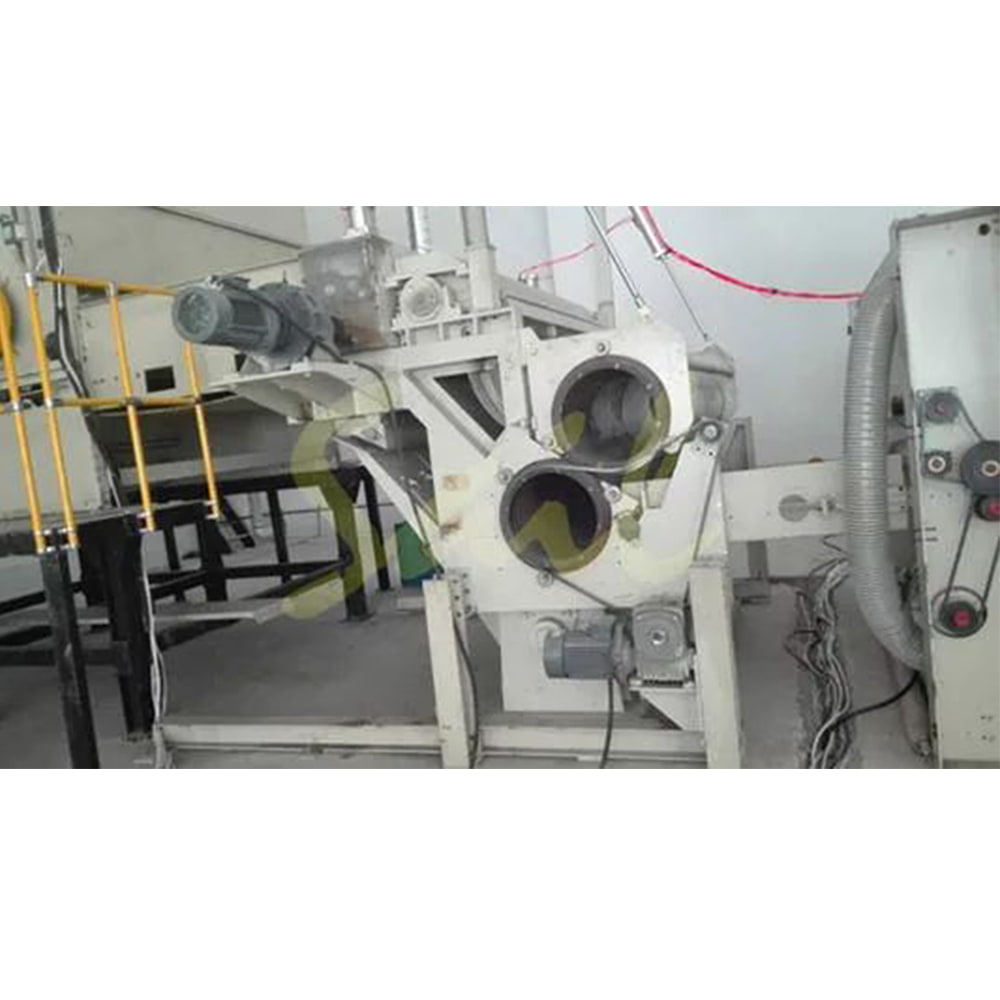
(2) Wet Laying
Using water as the medium, the short fibers are evenly suspended in the water, and by the action of the water flow, the fibers are deposited on the permeable curtain belt or porous drum to form a wet fiber web. Wet-laid utilizes the principles and equipment of papermaking. In the wet-laid process, natural or chemical fibers are first mixed with chemicals and water to obtain a homogeneous dispersion solution, called "slurry". The "slurry" is then deposited on the moving web curtain, and excess moisture is then sucked away, leaving only the fibers randomly distributed to form a uniform web that can be reinforced and post-treated as required. Nonwovens are available in areal densities from 10g/m² to 540g/m².
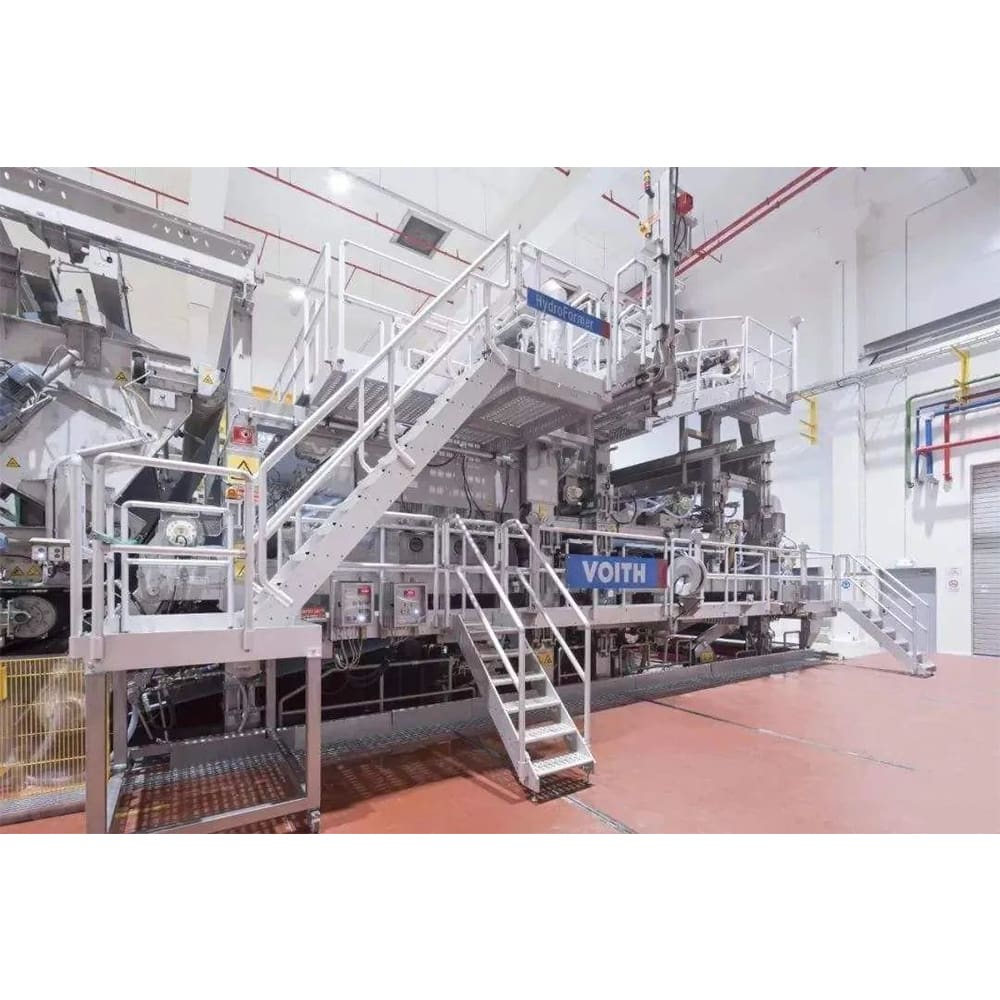
(3) Extrusion of polymer into net
Polymer extrusion into a network utilizes the principle and equipment of polymer extrusion. Representative spinning methods are melt spinning, dry spinning and wet spinning. First, a melt, concentrated solution or dissolved solution of a polymer is used to form filaments or short fibers through spinneret holes. These filaments or staple fibers are laid down on a moving conveyor belt to form a continuous web. The web is then mechanically consolidated, chemically consolidated, or thermally bonded to form a nonwoven material. In most polymer extruded webs, the fiber length is continuous. Web areal density can range from 10g/m² to 1000g/m³.
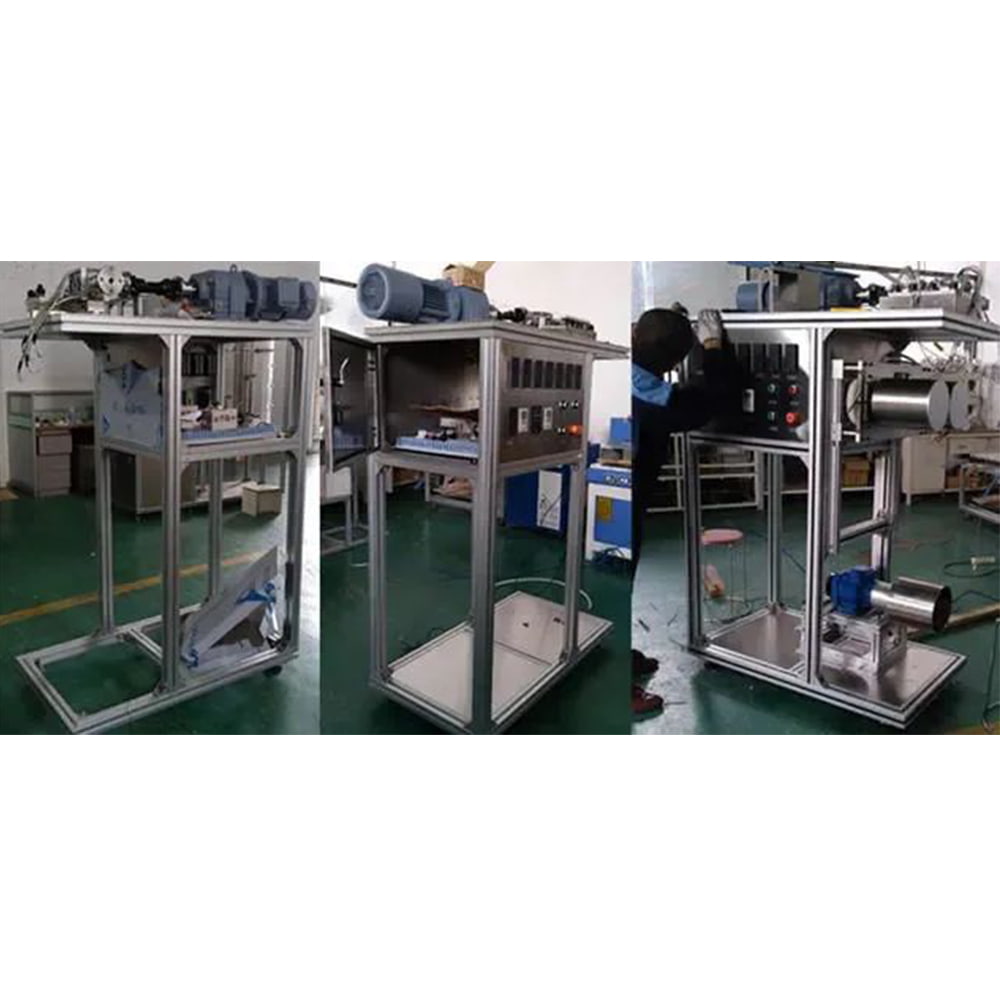
2. Classification according to fiber mesh reinforcement method
Web reinforcement processes can be divided into three main categories: mechanical reinforcement, chemical bonding and thermal bonding processes. The choice of a specific reinforcement method depends primarily on the end-use properties of the material and the type of web. Sometimes a combination of two or more reinforcements is used to obtain the desired structure and performance.
1) Mechanical reinforcement: In mechanical reinforcement, the nonwoven web is reinforced by mechanically intertwining fibers, such as needle punching, hydroentangling and stitchbonding.
2) Chemical bonding: In the chemical adhesive bonding process, a binder emulsion or a binder solution is deposited in or around the web and then bonded by heat treatment. Adhesives are typically sprayed, dipped, or printed onto the surface or interior of the web. In the spray method, the binder often stays on the surface of the web material and has a high loft. In the dipping process, all the fibers are bonded to each other making the nonwoven material stiff and rigid. The printing method imparts softness, transparency and bulk to the unprinted areas of the web.
3) Thermal bonding: This process is to solidify the hot-melt fibers in the fiber web after being heated and melted at the intersection or nip point to reinforce the fiber web. The process conditions of the hot melt determine the properties of the web, most notably hand and softness. The webs bonded in this way can be dry-laid, wet-laid, or polymer spunlaid webs.